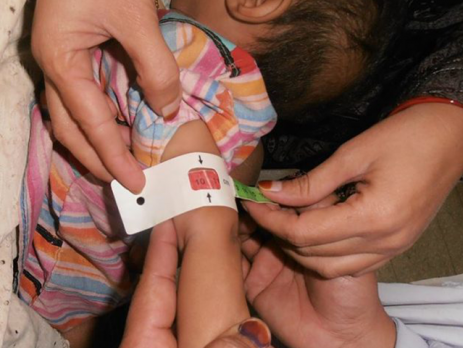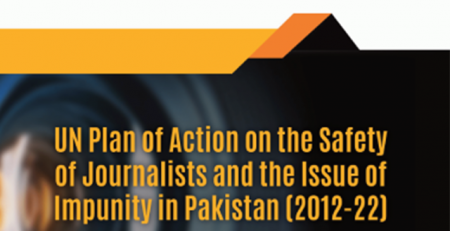Since a few years, Syed Gulaam and her wife Naik Bibi, 35, face a terrible drama. One by one, four of their seven children died, due to malnutrition. The last one, Shabana, 8 months old, died on Friday (6th December, 2013). She died of marasmus, a severe form of malnutrition. In other words she died of hunger, like previously her two brothers and one of her sisters.
Naik Bibi, Shabana’s mother, already gave birth to seven children. But among them only three daughters are still alive, aged 7, 4 and 2. The last one, 2 years old, is also suffering of malnutrition. Her MUAC (Mid-upper arm circumference [1]) is 11.2, her weight 7 kg.
The root cause of all this? Naik Bibi’s milk stops automatically after two months. Adding poverty to this and it becomes a disaster. “When my milk stopped, I gave milk to Shabana from a baby bottle. But then she went dehydrated, she was suffering from vomiting and diarrhoea. Then she became too weak to take milk by herself. During the last three months, she could not take milk. She died because of that.”
The females in this part of the world usually clean their utensils with ashes on a cloth, Shabana’s mother’s did the same and then she rinses the baby bottle with water from the well.
Syed Gulaam, Shabana’s father, works since eight years in a brick’s fabrick where he is earning 7000 rupees per month, ie about 47 Euros. To visit a doctor in these areas is very expensive. The first specialist is about10 kilometers away.
Shabana was screened by Social Services Program’s team on Thursday December 5th and then she was referred by them to the district head quarter hospital to show her to a child specialist. Unfortunately, on that day, the husband was not present and it was not possible for the mother to take her alone to the hospital, so they opted to consult a street doctor (a hakim) instead to consult a professional one. She went back home with syrup SEFRSH 125mg (CEPHRADINE) and Babi Tanek, but she did not survive.
During the month of November, SSP field teams identified and registered 21 such cases in their target union councils, (namely Jatataar and Ronowal). More disturbing, 86% of the identified OTP cases were identified in the same area (Chadrar) in Union Council Jatataar of District Tank.




